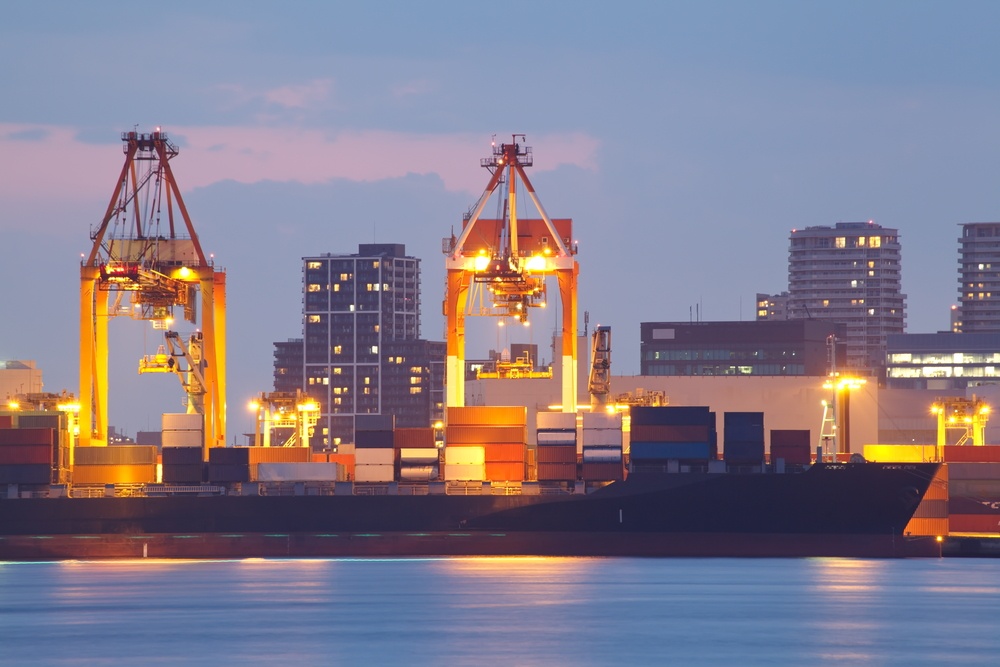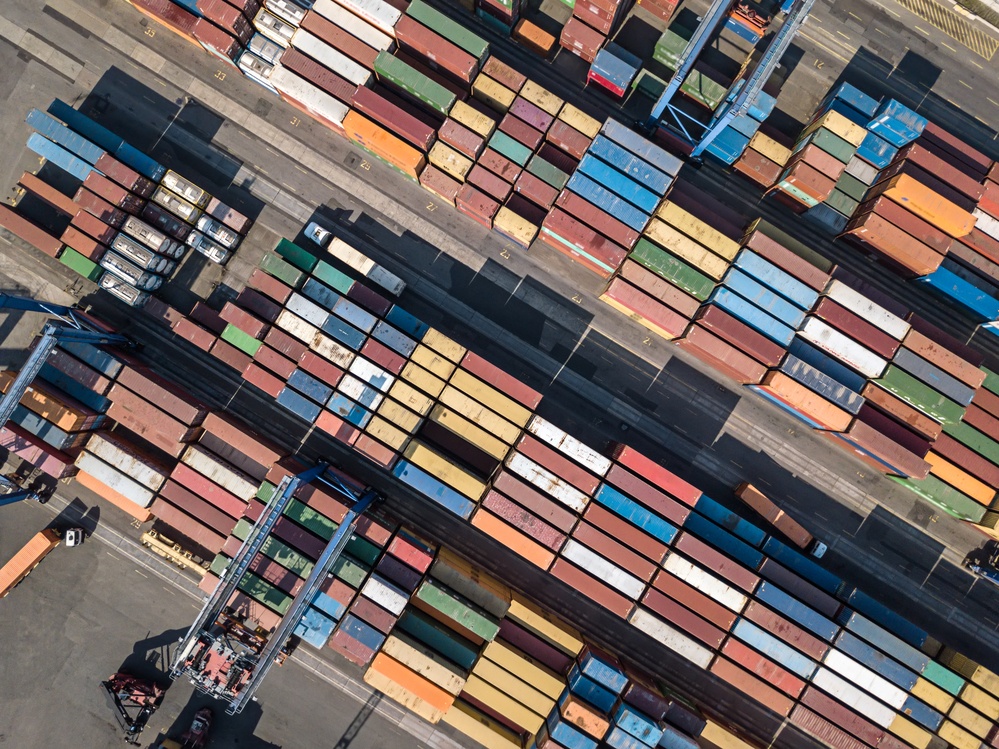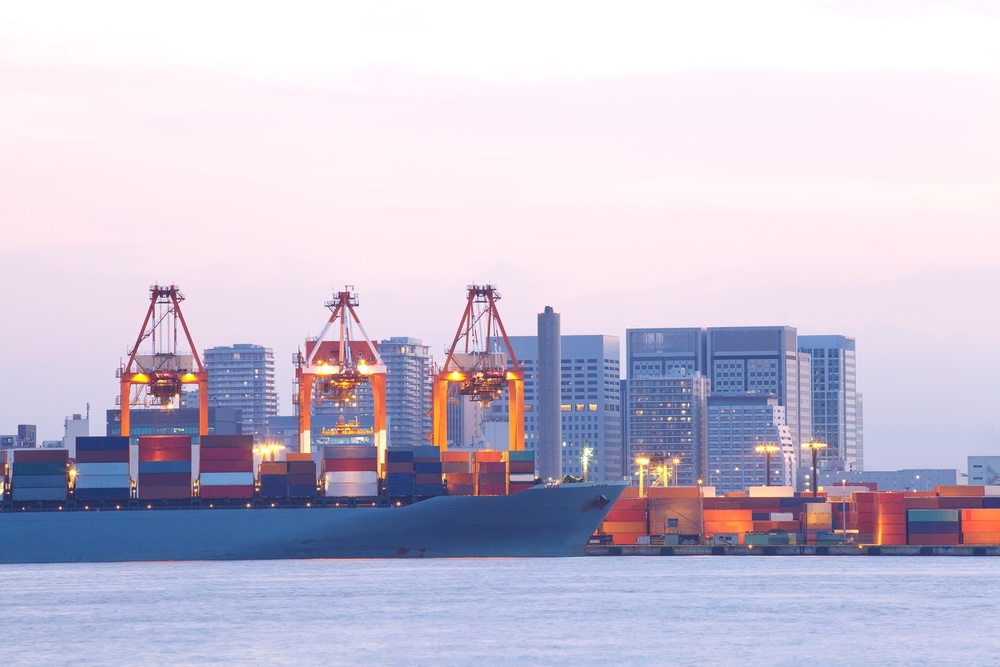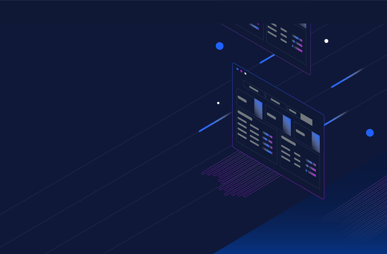Contents
Chapter 1: What is Big Data in shipping?
Chapter 2: Is this just an expensive IT solution?
Chapter 3: What's traditional data vs. non-traditional data?
Chapter 4: Is non-traditional data quantifiable?
Chapter 5: Would this sort of information be equally crucial for the shipper?
Chapter 6: Big Data and the Ocean Freight Market
Chapter 7: Is big data alone all you need to make your logistics procurement business successful?
Chapter 8: Is there a place for Big Data in Supply Chain Management?
Chapter 9: Final thoughts on the use of Big Data shipping analytics for shippers and carriers
What Is Big Data In Shipping?
First, it's essential to recognize the difference between 'lots of data' and 'big data.' Traditional technology has been serving organizations' analytics needs for decades, allowing them to analyze large data sets from conventional sources such as warehousing and distribution systems. 'Big data' takes it to the next level, allowing companies to harness substantial data volumes, including non-traditional data types such as text, audio, and video in conjunction with information from business systems in a much more economical fashion, in both batches and real-time modes. While the sheer volume of data available to a company today is daunting, the first step in leveraging 'big data' is deciding on the problem you want to be solved or the issues you need to be addressed and then finding the pertinent data necessary. It's more than just 'look-back information,' of say how many TEUs you shipped in May from Shanghai to Rotterdam, but rather pulling the data necessary to ship them cheaper, faster, or to achieve whatever metric you need to be addressed.

Is This Just An Expensive IT Solution?
No – it's not about IT at all; remember the term "Garbage In = Garbage Out?" That's too much data, not Big Data. A company needs to determine what they want to do...reduce costs? Increase revenue? Optimize transit times? These are all serious strategic issues for both a carrier and a shipper, whose implementation – or not – affects profitability on every voyage. The carrier needs to sit with a company like ours to figure out the questions in shipping analytics that need to be asked to affect positive outcomes and determine the traditional and non-traditional data that goes into profitability.
What is Traditional Data Vs. Non-Traditional Data?
Traditional data is look-back data from ordinary business systems; fuel costs, transit times, wages, insurance, revenue per TEU, TEU rates. It's accounting data that are used to determine the profitability of a voyage. But non-traditional data is time-sensitive data – weather and traffic delays, port strikes, unexpected repairs. It's also vast data generated from sensors, GPS devices, RFID tags, and traffic management systems. If Big Data can assist in helping forecast or avoid problems, the money saved goes straight to profitability.
Is Non-Traditional Data Quantifiable?
Some are, some aren't, but it's all related to issues that can be resolved or avoided. If a storm blows up, would you steam through it? Perhaps not, but you'd use a 'big data solution to analyze GPS-type information to quickly determine the costs of other routes instead of not diverting. Or a 3PL might get a message from his GPS about a highway being closed, so instead of having the truck idling in traffic burning fuel and time, the driver would be re-routed. Preventive technology is a lifesaver for most forms of transportation from a container ship to a delivery truck; modern sensor technology enables the carrier to be warned of failures before they occur, which allows management to affect repairs prior and on a timely basis, instead of being stuck in a port on demurrage or being towed off the motorway. Sensor information can be leveraged to predict a failure rather than waiting for it to occur.
Would This Sort of Information be Equally Important for the Shipper?
Absolutely; whether you're shipping the goods as a vendor or receiving them as the buyer, getting them to the final destination on time, undamaged, and cost-effectively is essential. Whether the data comes from the carrier or is transmitted via RFID, the shipper can use data to quantify his shipping metrics and work on improvement.

Big Data and the Ocean Freight Market
We've been sharing thoughts on Big Data since Xeneta first began operations and noted the importance of Big Data in assisting your company in achieving its business objectives, whether reducing costs or improving efficiency, or increasing sales, which is of interest to everyone. When properly used, Big Data will enable management to take gut-feel decisions and quantify them, letting them take that good idea and make it work.
For ocean freight shipping, it's more than just 'look-back information,' of say how many TEUs you shipped in May from Shanghai to Rotterdam, but rather pulling the data necessary to benchmark and ship them at a more competitive price, faster, or to achieve whatever metric you need to be addressed.
There's always more to be said about Big Data and what should be emphasized is that it includes both internal and external data. Combining these types of data, analyzing and deriving solutions based on your company's strategy is the goal of Big Data. What data to include is also a consideration. One school of thought is to gather all data, internal and external, and then see what the computer spits out as a result. Another thought is to identify beforehand what needs to be analyzed, such as buyer and seller habits, customer satisfaction or lack of, market trends across all markets and industries, fuel costs, rates, material costs, etc. Like everything else in the supply chain market, no one size fits all, so that it will depend on your company's specific needs and goals.
The Xeneta platform provides real-time contracted rates information on ocean freight rates' current and historical market development. In turn, the platform allows shippers and BCOs to benchmark their prices against aggregated market indexes, which are presented in a customizable dashboard. In addition, shippers and BCOs can measure their price performance by comparing their own rates to the market rates directly in the Xeneta platform. The software allows users to measure their freight rates and their suppliers' versus market movements for the various port-to-port routes, allowing them to average gains and losses over time and percentage movements.
Despite what may seem to be an improving ocean freight market, the need is great to monitor it almost daily. Congestion at ports, bankruptcies, acquisitions, changes within alliances, and potentially new ones can all impact your ocean freight invoice. How about insight into the market six months from now or just next month? Almost impossible without Big Data. While it may not give the complete forecast, it can certainly be used to mitigate potential risks.
Is Big Data Alone all you Need to Make Your Logistics Procurement Business Successful?
At Xeneta, we have the industry business and technical expertise needed to make sense of the 'big data' our platform aggregates and presents. We'll work with our customers to articulate and advise on their strategic direction and answer business-critical questions based on the facts we see from the data we hold: What problems are you trying to resolve? What direction do you want to go? What data do you need to be brought forward? While we're IT people, we're business people first.
Is There a Place for Big Data in Supply Chain Management?
Absolutely; in fact, it's what makes advanced SCM possible. It's using Big Data to start replacement inventory moving before inventory is exhausted; it's taking look-back vendor reliability data and, instead of just disqualifying those who missed shipments, rewarding those with good reliability as well as others who stepped up to cover for those vendors who failed. It gathers information from multiple sources to make predictions and real-time decisions to keep the logistics pipeline flowing. Remember, Big Data is used to quantify what you, the customer, have determined is essential to your business.
Final Thoughts on the use of Big Data Shipping Analytics for Shippers and Carriers
For the past few years, most industries have been leveraging the power of data or "big data" to increase their pace of innovation and efficiency. Though usually a bit slower to pick up on digitization, the shipping, and logistics industry is now realizing the importance of data and technology on making it relevant, competitive, and susceptible to change.
While the sheer volume of data available to a company today is daunting, the first step in leveraging 'big data' is deciding on the problem you want to be solved or the issues you need to be addressed and then finding the correct data necessary.
For ocean freight shipping, it's more than just 'look-back information,' of say how many TEUs you shipped in May from Shanghai to Rotterdam, but rather pulling the data necessary to benchmark and ship them at a more competitive price, faster, or to achieve whatever metric you need to be addressed.
Find out how big data is helping companies that are shipping ocean freight make better and informed decisions when benchmarking ocean freight rates - all based on facts.







